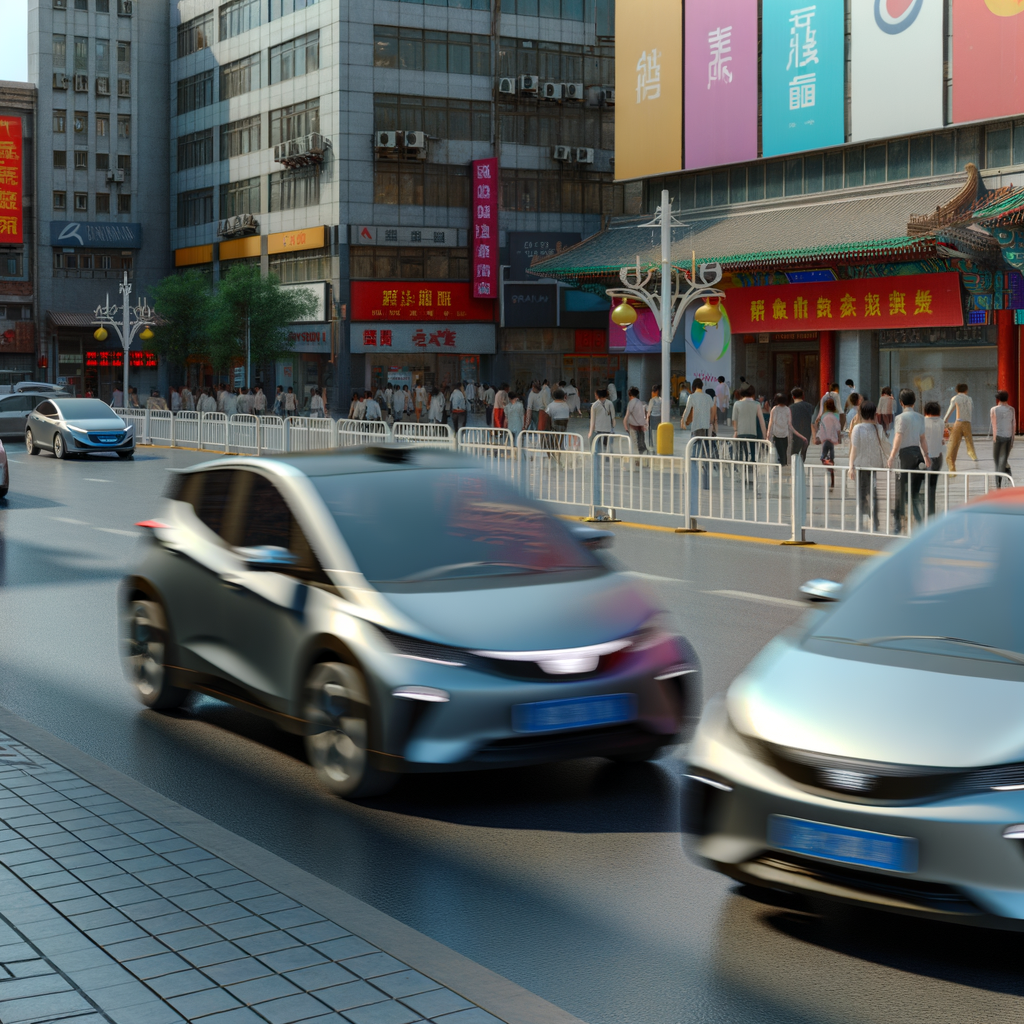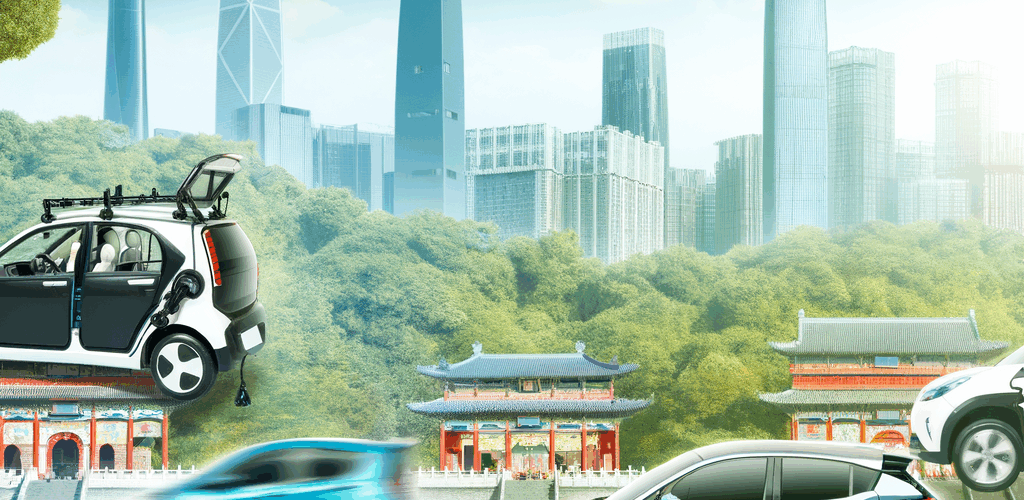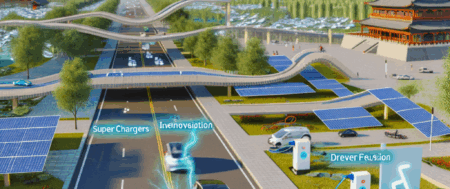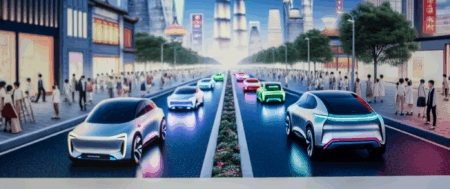China holds the title of the top and largest automotive market, presenting a landscape rich with opportunities and challenges for both foreign automakers and domestic car brands. The surge in Electric Vehicles (EVs) and New Energy Vehicles (NEVs) is powered by the nation’s growing economy, urbanization, and an increasingly affluent middle class, alongside government incentives focused on mitigating environmental concerns. The regulatory landscape mandates joint ventures for foreign companies, facilitating navigation through market complexities and alignment with consumer preferences. Technological advancements in EVs and NEVs, including battery technology and autonomous driving, are reshaping market competition and consumer choices. Success in this dynamic market hinges on understanding regulatory frameworks, fostering strategic partnerships, and leveraging innovation, promising significant rewards in automotive innovation and market share within the world’s largest automotive market.
In the heart of the global automotive industry’s evolution lies the world’s largest automotive market: China. A confluence of its rapidly growing economy, an expanding middle class, and accelerating urbanization trends have positioned China at the epicenter of a vehicular revolution, underscored by a fervent shift towards Electric Vehicles (EVs) and New Energy Vehicles (NEVs). This seismic shift is not just a testament to changing consumer preferences but also a response to robust government incentives aimed at mitigating environmental concerns. The Chinese automotive market, characterized by an insatiable demand for both domestic car brands and foreign automakers, is a complex yet lucrative arena that demands a nuanced understanding of its regulatory landscape, market competition, and the strategic partnerships that fuel its dynamic growth.
As foreign automakers navigate this challenging yet rewarding market, joint ventures with local Chinese companies emerge as a critical strategy, blending international expertise with deep local market insights. This synergy is crucial for success in a market where technological advancements and a keen understanding of consumer preferences dictate the pace of growth. Sections such as “Navigating the World’s Largest Automotive Market: The Rise of Electric and New Energy Vehicles in China” and “The Power of Partnership: How Joint Ventures Fuel Success in China’s Automotive Sector,” shed light on these pivotal themes, offering a comprehensive overview of the strategic moves and partnerships essential for tapping into China’s vast consumer base.
Moreover, the article delves into the “Green Wheels” phenomenon, exploring how government incentives and a growing environmental consciousness are accelerating the adoption of EVs and NEVs. It also examines the impact of urbanization and a burgeoning economy on automotive demand, setting the stage for an in-depth analysis of the competitive landscape that foreign and domestic car brands navigate in China.
From the technological innovations driving the future of China’s auto industry to the regulatory roads shaping its journey, this article offers a panoramic view of a market at the crossroads of tradition and innovation. Understanding the intricacies of China’s automotive sector is not just about recognizing the current trends but also forecasting the strategic partnerships and advancements that will define the future of mobility in the world’s largest automotive market.
1. “Navigating the World’s Largest Automotive Market: The Rise of Electric and New Energy Vehicles in China”

Navigating the vast and rapidly expanding terrain of the world’s largest automotive market, China, presents both unparalleled opportunities and formidable challenges for automakers domestically and worldwide. This market’s growth trajectory is significantly influenced by the country’s growing economy, increasing urbanization, and the burgeoning middle class’s demand for mobility solutions. However, what sets the Chinese automotive market apart in recent years is its aggressive pivot towards Electric Vehicles (EVs) and New Energy Vehicles (NEVs), driven by a confluence of government incentives, environmental concerns, and consumer preferences for sustainable and innovative transportation options.
The Chinese government has played a pivotal role in this shift towards greener vehicles, implementing a series of incentives and regulations designed to reduce the country’s carbon footprint and position China as a leader in the global EV market. These policies have not only spurred domestic demand for EVs and NEVs but have also set the stage for China to influence global automotive standards and practices towards sustainability.
The allure of the largest automotive market has drawn numerous foreign automakers to China, who often enter the market through joint ventures with local Chinese companies. This strategy allows them to navigate the complex regulatory landscape, gain access to essential local market knowledge, and leverage strategic partnerships to drive sales and brand growth. These joint ventures become crucial in aligning with government policies, adapting to consumer preferences, and competing effectively against domestic car brands, which are also rapidly gaining ground in technology and quality.
Technological advancements play a central role in the evolving narrative of China’s automotive market. The competition is not just on the showroom floor but also in the research and development labs where companies race to innovate in battery technology, autonomous driving features, and connected car capabilities. These advancements are not merely enhancements but are becoming key differentiators that influence consumer preferences and purchase decisions.
Market competition in China’s automotive sector is fierce, with domestic and foreign brands vying for a share of the world’s largest automotive market. The competition has been particularly intense in the EV and NEV segments, where the race to dominate this burgeoning market has led to significant investments in technology, manufacturing capabilities, and consumer marketing. The dynamic nature of the market, influenced by technological advancements, government policies, and changing consumer behaviors, requires automakers to remain agile, innovative, and responsive to shifts in the market landscape.
In conclusion, success in China’s automotive market, particularly in the EV and NEV segments, demands a deep understanding of the regulatory landscape, strategic partnerships, and a keen eye on evolving consumer preferences and technological trends. The rewards for navigating this complex market are significant, offering a foothold in the leading edge of automotive innovation and a share of the profits in the world’s largest automotive market. As the Chinese automotive market continues to evolve, it will undoubtedly continue to impact global automotive trends, emphasizing the importance of sustainability, innovation, and strategic collaboration.
In conclusion, the rise of China as the largest automotive market in the world is a testament to its rapidly growing economy, expanding middle class, and accelerating urbanization. With an unmistakable shift towards electric vehicles (EVs) and new energy vehicles (NEVs), driven by environmental concerns and robust government incentives, China is not only leading in consumption but also in the innovation of cleaner, more sustainable automotive technologies. The market’s complexity, characterized by intense market competition, a blend of consumer preferences for both domestic car brands and foreign automakers, and a nuanced regulatory landscape, necessitates strategic partnerships and a deep understanding of local dynamics. Joint ventures have become a crucial strategy for foreign automakers to navigate these waters, allowing them to tap into the vast consumer base while adhering to the country’s regulations. As the market continues to evolve, influenced by technological advancements, government policies, and global economic trends, success in China’s automotive industry demands agility, innovation, and an acute awareness of the shifting terrain. The future of the automotive sector in China looks promising, with opportunities abound for those able to adapt to its dynamic and competitive environment, making it a pivotal arena for the global automotive narrative in the years to come.







